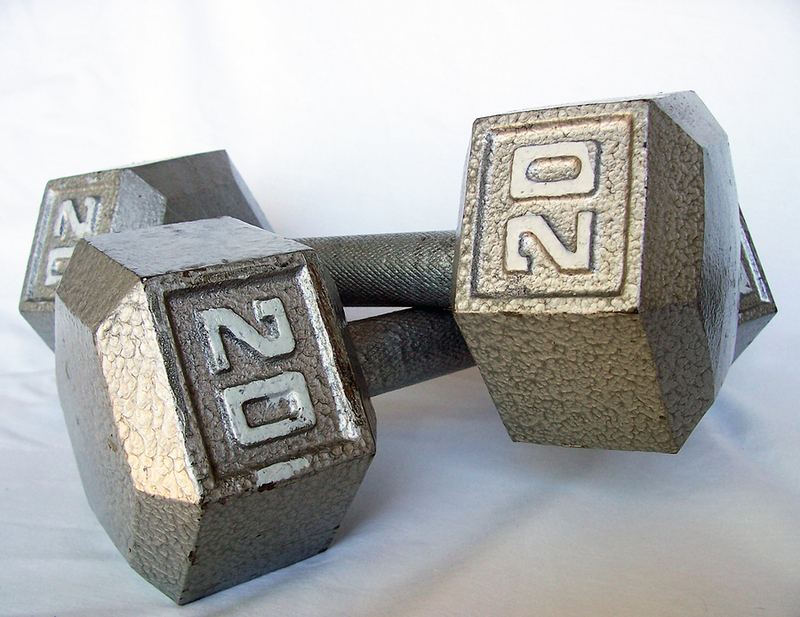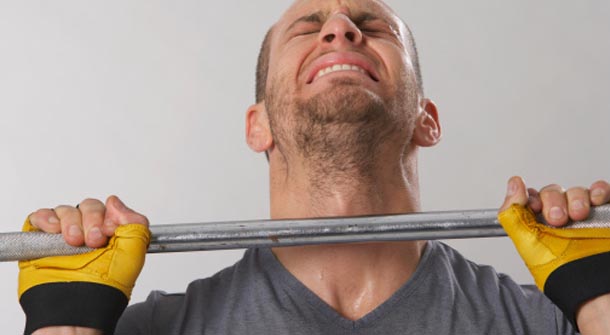Lifting weights is part of several exercises aimed at building and developing muscles. However, choosing the right weights to work with is very essential. If you are using weights which are too light, you will waste your time and effort without seeing positive results. On the other hand, if you are using weights which are too heavy for your body, you can damage your muscles and consequently do more harm than good.
In order to make the most of your workout, you need to select weights which suit your current fitness level and can help you develop muscles at a healthy rate, without over burdening you or making you put in more time than is necessary.
Start Lifitng Light Weights to Assess your Limits
Small weights (5 lbs) are good for starting up in order to give yourself an idea of what your limits are. If you think 5 pounds is too less for you, you can try 10 pounds. The key here is to perform repetitions properly and note the number of repetitions you can perform before the weights start taxing your arms.
If you are done with 20 repetitions and feel nothing, the weight is too less for you and you should go a little higher. Ideally, your muscles should feel a little worked up after 11 to 15 repetitions, which means you are close to your ideal weight.
Lay Down a Repetition Target
After you think you have found weights which tax your arms, you need to set down a number for repetitions which you must follow. Generally people choose between 8 to 12 reps per set, and you should stick with it, even if you feel you can do more. As a rule, building muscles requires fewer repetitions with heavier weights and improving endurance requires smaller weights but more repetitions.
Start Increasing Weights to Lift with Repetitions
Once you are set with your target repetitions, you need to start increasing weights until you feel your last rep is really challenging. However, if you are struggling to finish your target or are forced to change posture to lift the weight, you are going too high. The key here is to ensure that you don’t lose tempo or posture till the very last rep.
Mix up your Weights
You can’t stick to one weight for an effective workout. It is important that you mix up your weights to properly work multiple muscle groups. Remember, bigger muscles need bigger weights, so when you are intending to work on your chest, back and thighs, you will need to use heavier weights compared to the ones you use for your biceps and triceps.
-Image courtesy: terricrucefitness.com




I am new to gym, and with a weight of more than 100 kg, I feel that I can lift really heavy weights instead of going for lighter ones which my friends have recommended for my initial workout phase. Is it OK if I increase the weights at the get go?
I would not suggest heavy weights at the very start. Get your body acclimatized first and then gradually increase the weights. The whole process is gradual and you need to be patient.